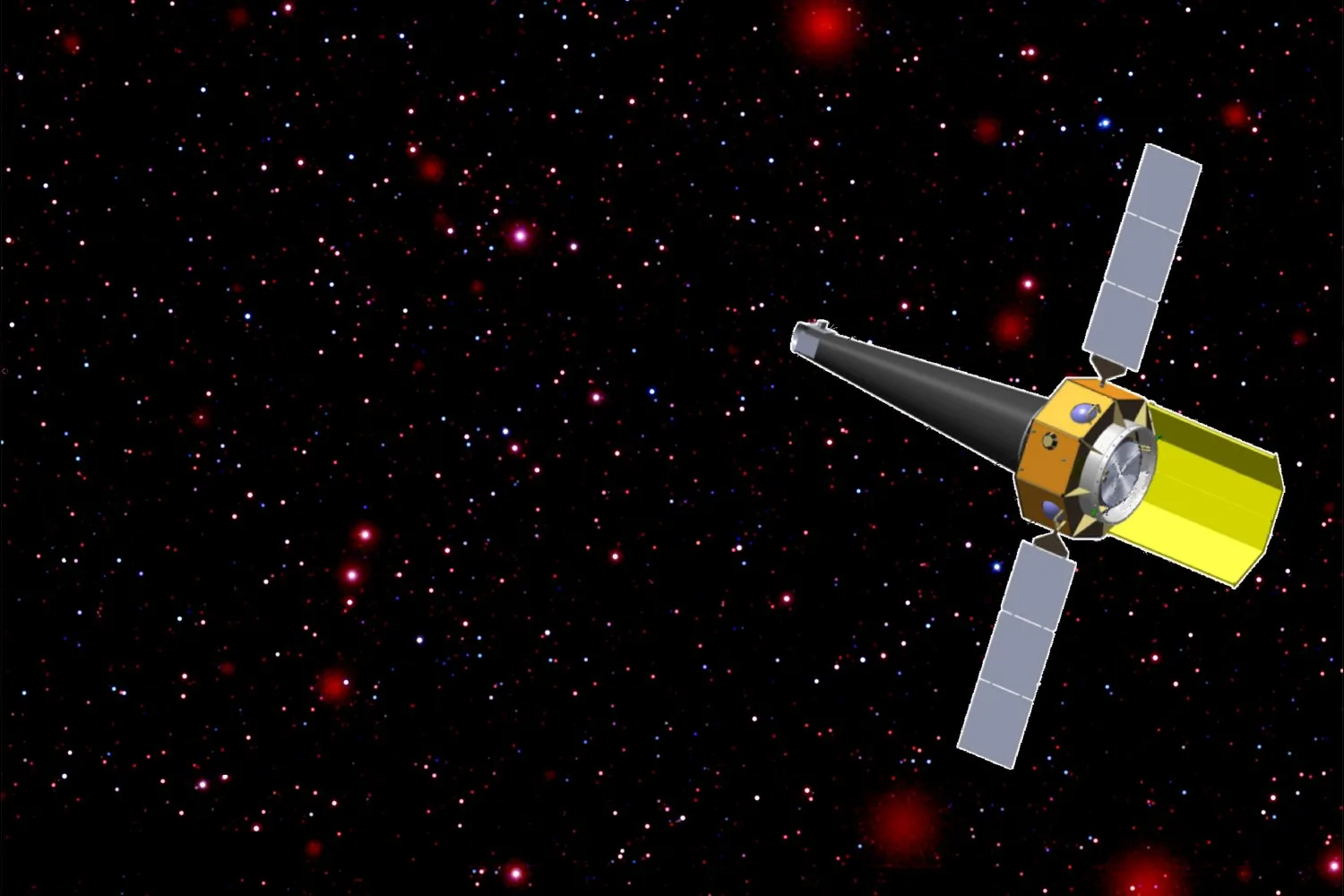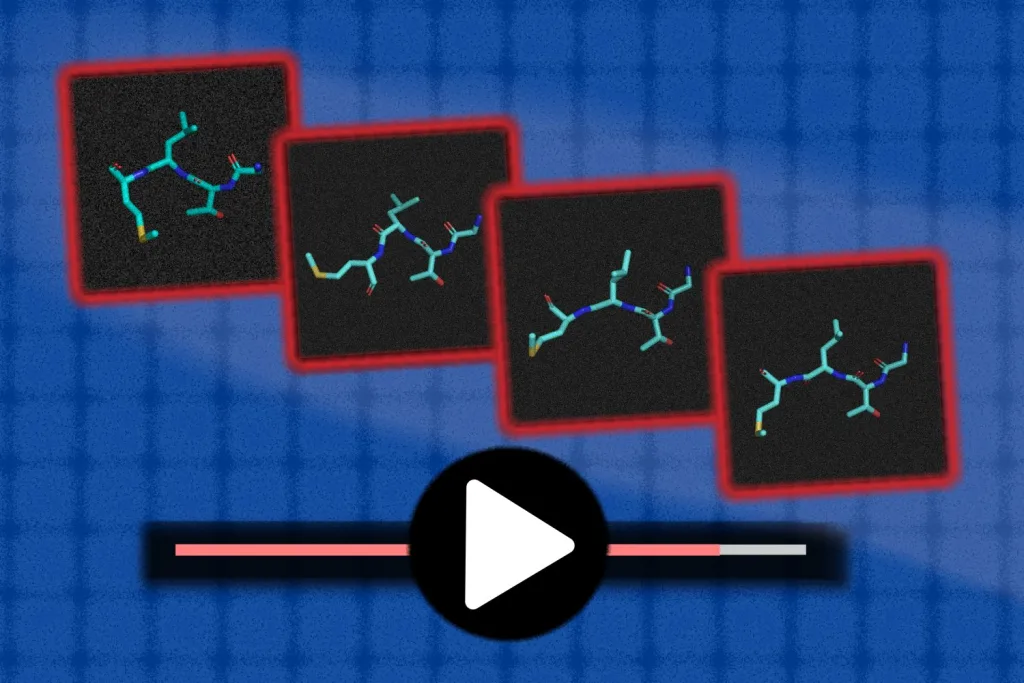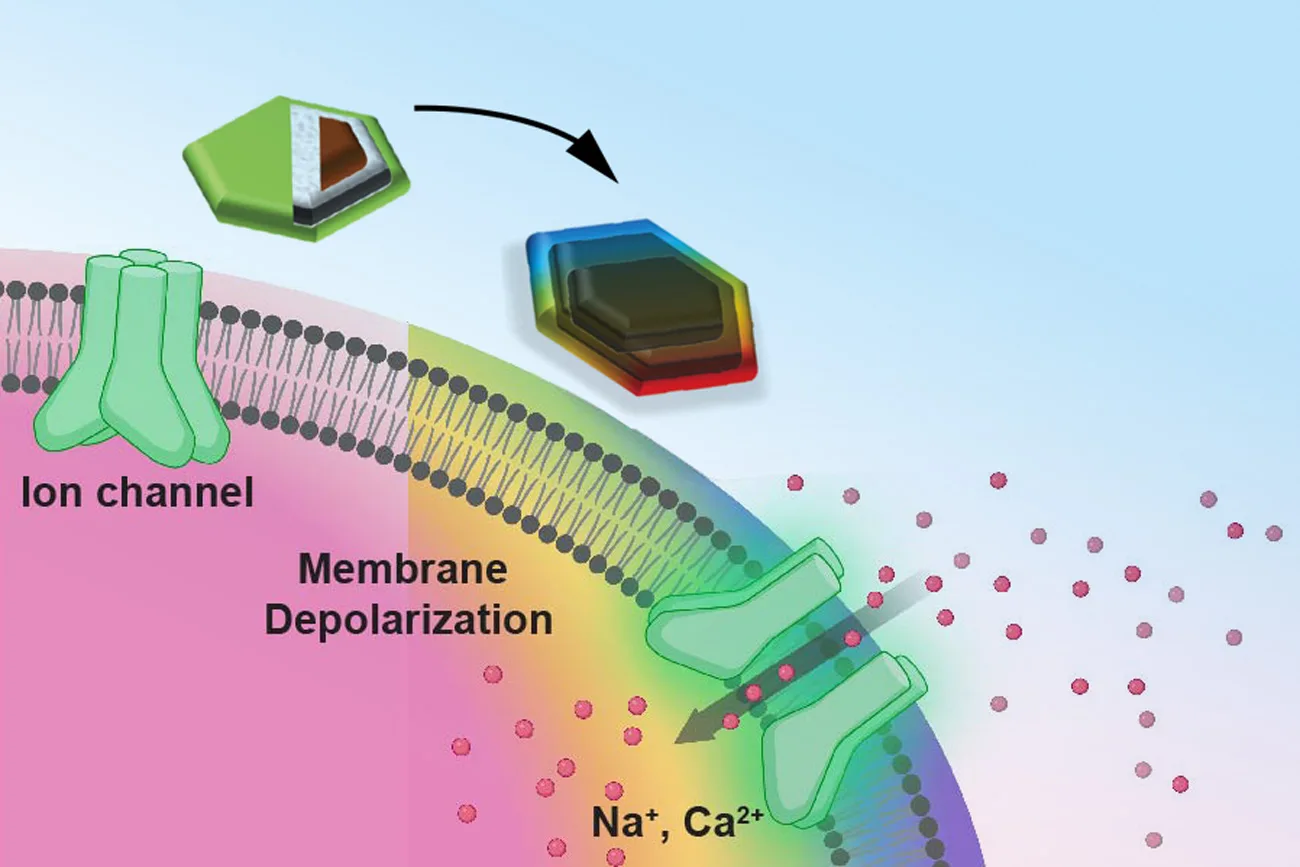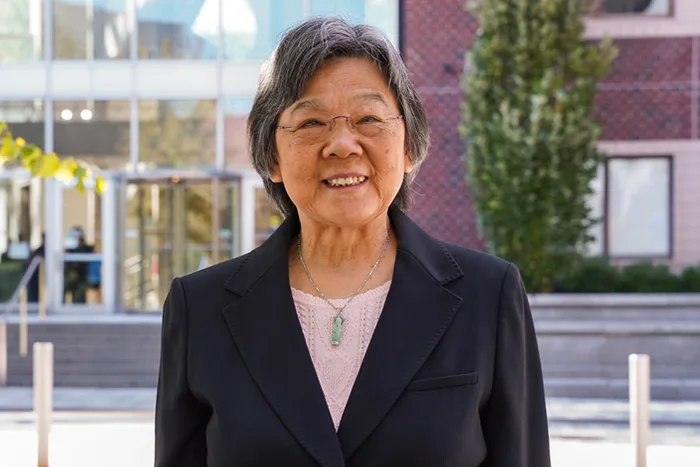The MIT Kavli Institute for Astrophysics and Space Research (MKI) has emerged as a lead contender in NASA’s newly established Probe Explorers program. Collaborating with the University of Maryland and the Goddard Space Flight Research Center, the team is tasked with crafting a one-year concept study for the Advanced X-ray Imaging Satellite (AXIS), anticipated for launch in 2032.
Erin Kara, an associate professor of physics and a leading astrophysicist at MIT, serves as the deputy principal investigator for the AXIS mission. The talented team from MIT also includes MKI scientists Eric Miller, Mark Bautz, Catherine Grant, Michael McDonald, and Kevin Burdge. Kara expressed her excitement about the project, stating, “I am honored to be working with this amazing team in ushering in a new era for X-ray astronomy.”
The AXIS mission promises to transform our understanding of high-energy cosmic events and environments through pioneering technologies designed to peer deeper into space and further back in time than ever before.
“If we advance with AXIS,” Kara elaborates, “this mission could unravel some of the greatest mysteries in modern astrophysics. We aim to explore fundamental questions, such as how supermassive black holes form and what triggers the universe’s most energetic and explosive events, along with the influences of stars on exoplanets. In short, AXIS represents the next-generation observatory necessary for expanding our grasp of the cosmos.”
Central to the success of the AXIS mission is the development of the CCD focal plane—a sophisticated array of imaging devices crucial for capturing the light properties entering the telescope. If selected, MKI scientists will partner with colleagues at MIT Lincoln Laboratory and Stanford University to engineer this high-speed camera, the heart of the telescope that connects to the X-ray Mirror Assembly and telescope tube. This initiative builds upon previous imaging advancements made by MKI and Lincoln Laboratory, including instruments utilized in the Chandra X-ray Observatory, Suzaku X-ray Observatory, and Transiting Exoplanet Survey Satellite (TESS).
Eric Miller, the lead for the camera project, emphasized the capabilities of the advanced detectors: “These new detectors offer the same excellent sensitivity as their predecessors but operate up to 100 times faster, allowing us to keep pace with all the X-rays focused by the mirror.” Consequently, the development of the CCD focal plane stands to make significant contributions to both scientific exploration and technological innovation.
Kara concluded by noting, “Engineering this array over the next year will not only pave the way for AXIS but also set the stage for future astrophysical missions.”
Photo credit & article inspired by: Massachusetts Institute of Technology



